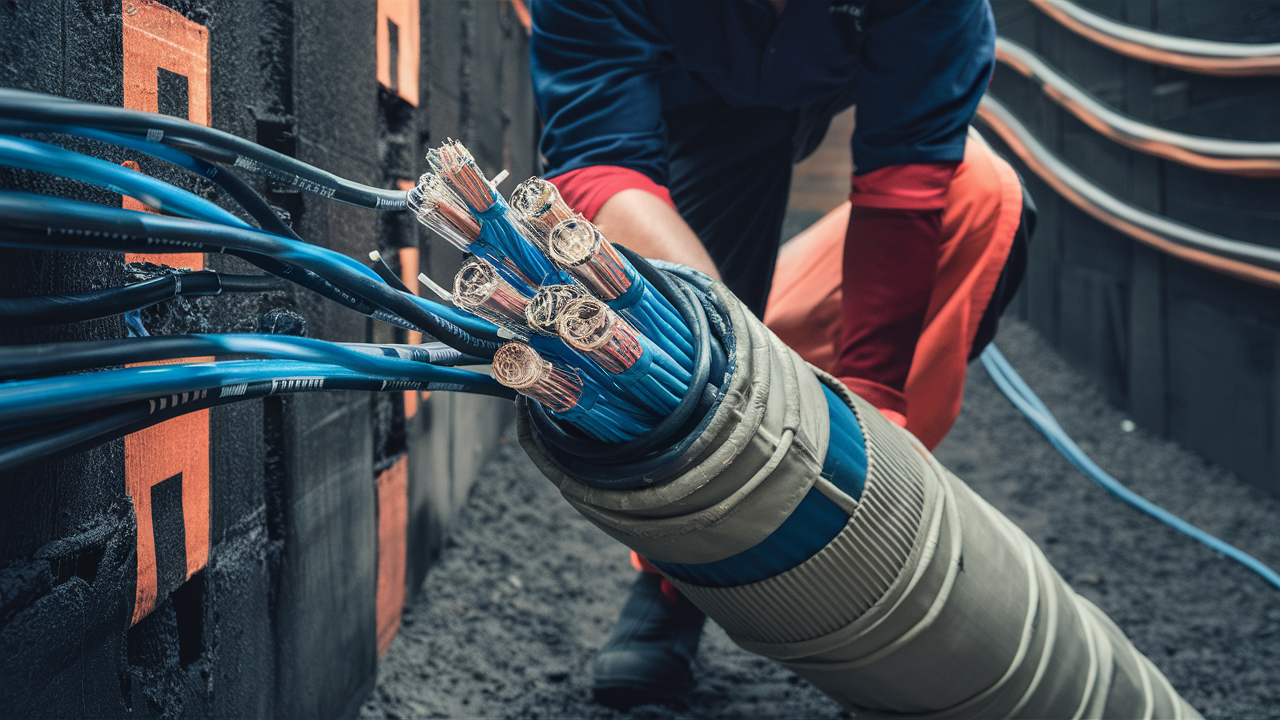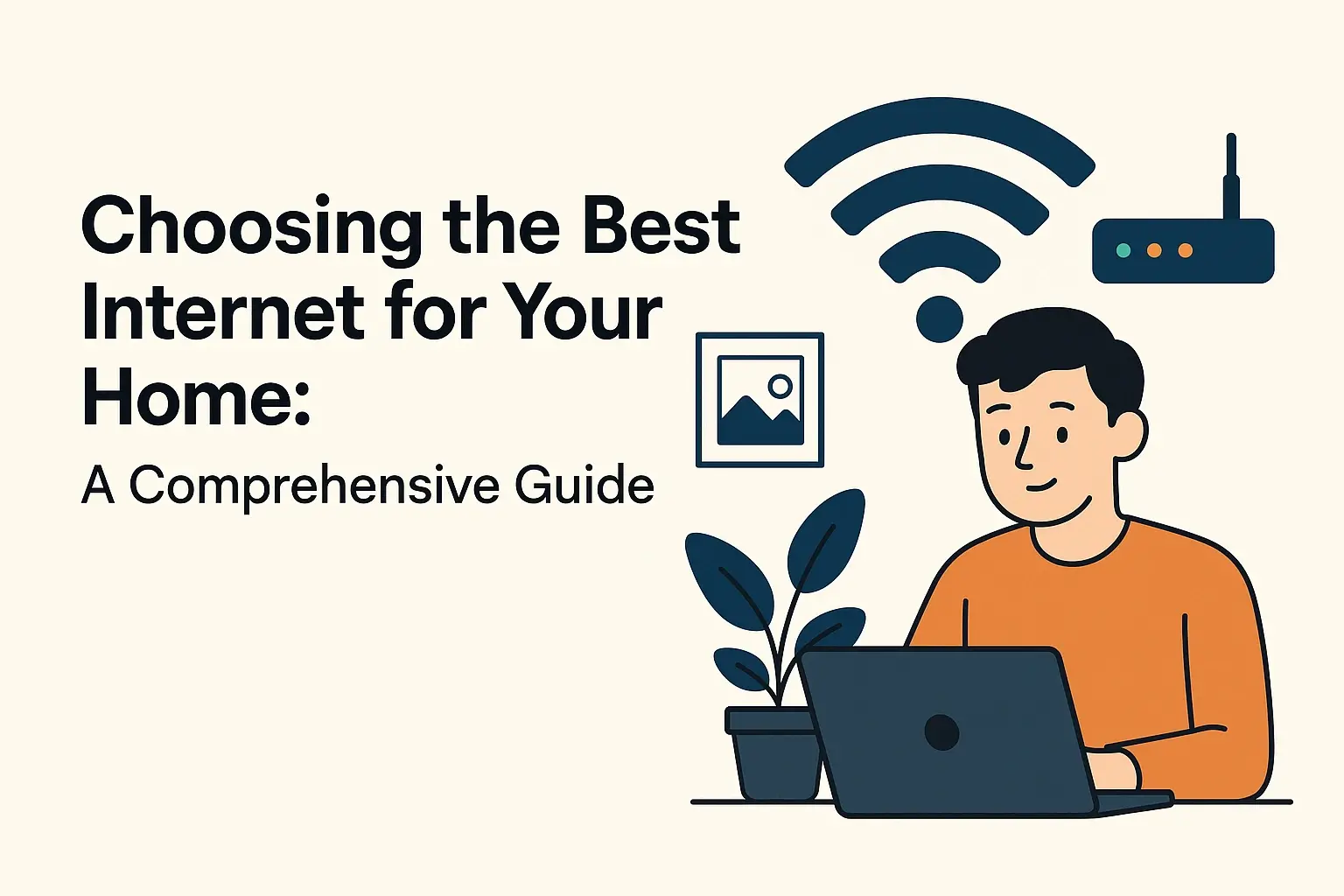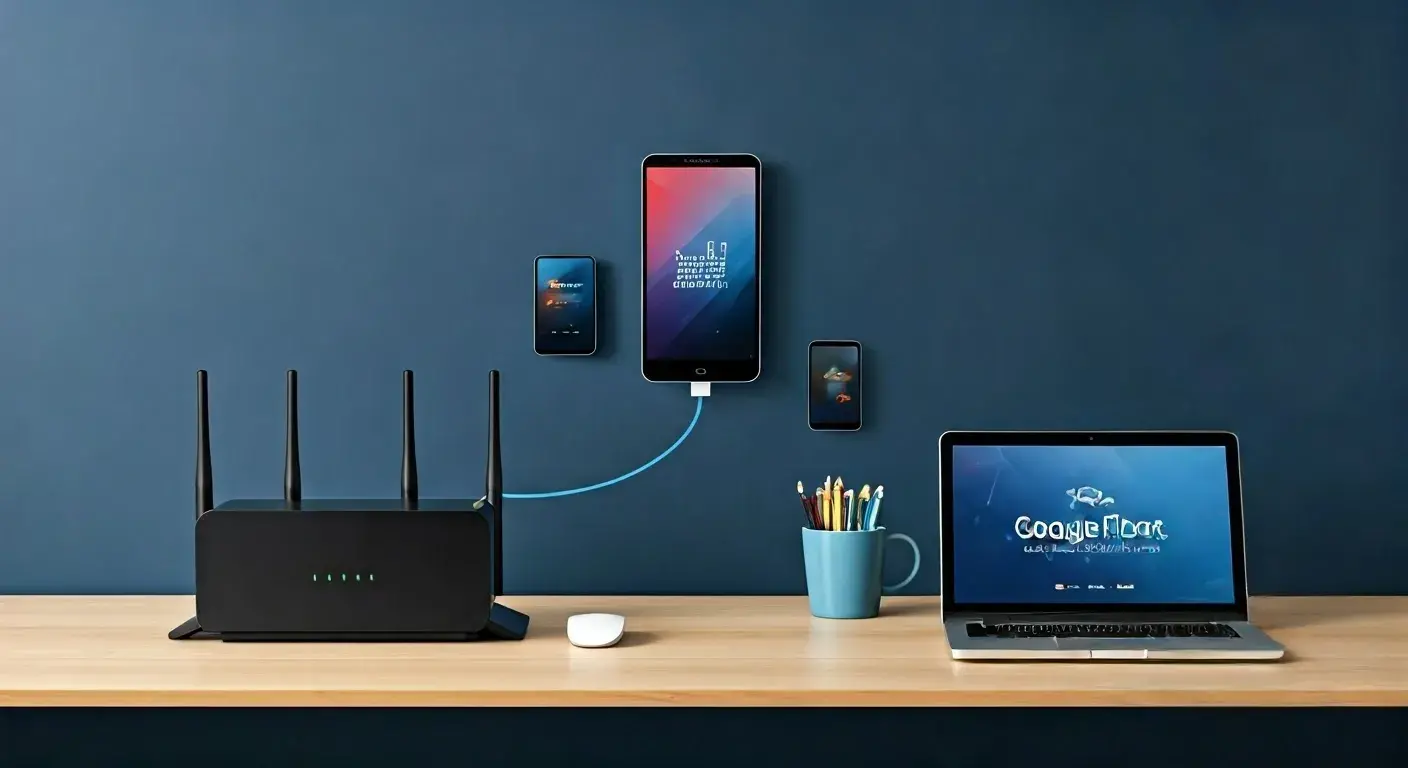Can fiber be direct buried?

Telecommunications cables, particularly fiber optic cables, are now regularly used to offer internet services, particularly in agriculturally inclined regions. A common question, particularly in new fiber installations is whether the fiber optic lines can be directly buried on the ground or if they require to be in an enclosure. The short answer is yes, fiber optic cable can typically be directly buried but there are general concerns that need to be assessed.
These are the Key Factors for Direct Burial Fiber
There are a few key factors that determine if a particular fiber optic cable can be directly buried or if a conduit is required.
- The type of fiber – Single-mode vs multi-mode fiber also has different recommendations for direct burial. Multi-mode fiber is seen as being more robust in most cases.
- Moisture, abrasion, and crushing forces are shielded by an outer protective jacket in cables meant for direct burial.
- Rodent protection – Buried cables require protection against rodents, either through extra armor on the cable or by placing the cables in a conduit.
- This is why direct burial can only be done in particular soil types and moisture conditions that will not jeopardize the cable.
Multi-Mode Fiber Optic Cable Installations
Contrary to the long-haul applications, direct burial is feasible in most multi-mode fiber optic cable applications such as short-span connections between structures provided that the soil condition allows it. The multi-mode cable incorporates several light-carrying cores and experiences less pressure and distortion compared to single-mode designs.
Most multi-mode fiber cables designed for outdoor and direct burial applications have a polyethylene or PVC jacket that shields the fiber inside. They may also have increased armor or strength members to prevent rodent damage. As long as the soil surrounding the trench is permeable and the rocks are not sharp, high-quality multi-mode fiber cable can be placed in the narrow trench and restored.
It is important to note that while MEF cables that are manufactured and rated for direct burial should be directly buried, others should be put in protective conduits.
Single-Mode Fiber Optic Cable Installations
The parameters are even more stringent when it comes to directly buried single-mode fiber cables. Single-mode cable is meant to be used for transmitting signals over greater distances compared to multi-mode fiber. However, that also means that single-mode cable has a smaller diameter and is generally more susceptible to breakage.
Specific single-mode fiber cables are designed to be buried directly only in case they have polyethylene or metallic armor jackets. This helps to exclude moisture and enhances the crash and rodent performances. In essence, if there is no steel outer sheathing required for single-mode cable should always be encased in conduit before being laid underground.
For even higher performance and easier installation of single-mode fiber, the cable-in-conduit type is available pre-assembled. This kind of purposely built assembly has the fiber optic cable factory installed in the duct or micro duct already. It incorporates the high bandwidth capacity of single-mode fiber with protection and hydrogen resistance of HDPE conduit, which can be directly buried in one piece.
Factors To Be Taken Into Account For Direct Buried Fibre Transmission
When placing fiber optic cables underground, whether through direct burial or within a protective enclosure, soil type and depth are important factors to take into consideration.
Here are some key direct burial practices to allow for fiber expansion and contraction and avoid damage.
- Keep 3 feet depth minimum - This is to avoid further excavation in the future by accident. Regional codes could mean more substantial penetration.
- Soil should be sand or sandy loam textures - Clay soils can heave, crush cables, swell with moisture, and become difficult to excavate in the future.
- Exercise and log soil drainage – Poor drainage results in water accumulating around cables which contributes to the degradation of jackets. Every site that has bad drainage must use a conduit.
- Pacing – Ensure there is some room to stretch or shrink the buried cable and do not pull it tight.
- Burying in rock – Exercise care when doing this as sharp rocks may cause some form of damage to protective jacketing if there are no sand or soil cushion barriers.
That is, although specially designed fiber optic cables are intended for direct burial, uncontrollable conditions such as soil type, depth of burial, drainage in the site, and attacks by rodents may negatively affect the durability of any buried cable. Employing protective conduit or ducting is a more safety and security-ensuring measure.
Upgrade to faster, more reliable AT&T Fiber Internet today! Call us at +1 844-905-5002 and get connected with speeds that keep you ahead.





